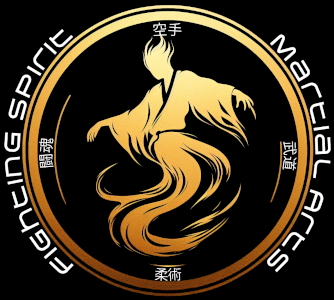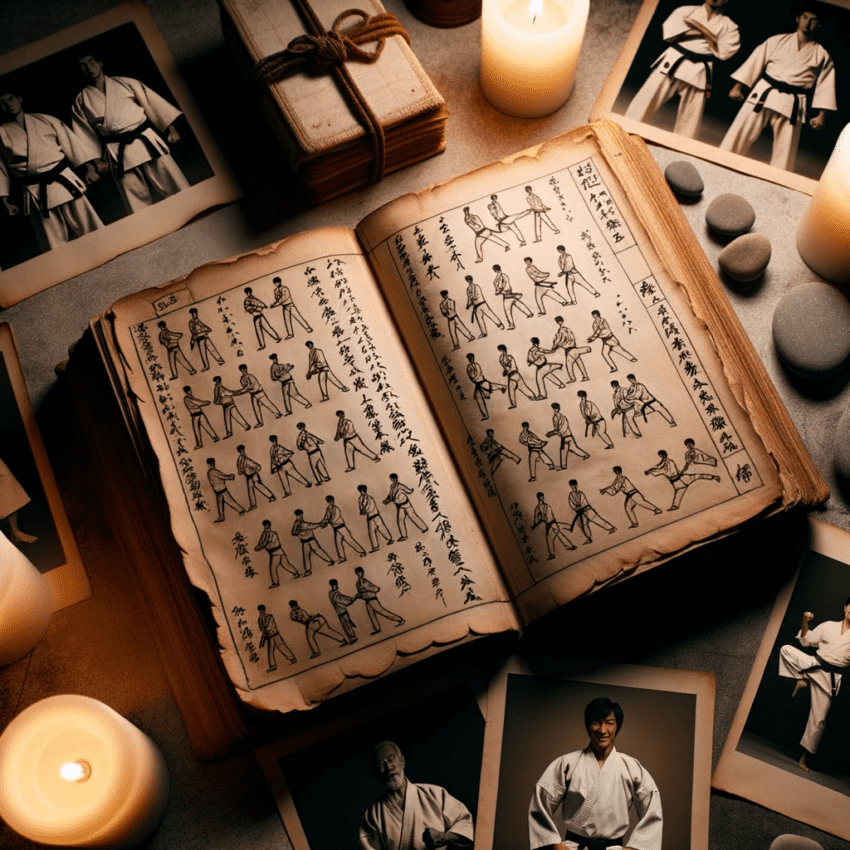Greetings, dear students and karate enthusiasts!
Today, I wish to introduce and delve deep into a kata that has been a topic of discussion and curiosity among our community – Kata Ni-Dan. As with any traditional practice, the more we seek to understand its origins, nuances, and philosophies, the richer our own practice becomes.
The Elusive History of Kata Ni-Dan
There’s a certain mystique surrounding the origins of Kata Ni-Dan. After an enlightening discussion with Sensei Walther, he shared that he learned this kata from Sensei Monty Guest. As we trace the lineage, it seems to lead us back to Sensei Masami Tsuruoka and even further to Soke Chitose, a legendary figure in the karate world. Sensei Walther vaguely recalls the possibility of the kata being written by Soke Chitose himself. However, whether Sensei Guest created this kata, received it from another practitioner, or learned it directly from Sensei Tsuruoka remains a captivating mystery.
One of the distinguishing features of this kata, as emphasized by Sensei Walther, is its strategic placement as a bridge between the White Belt and the Yellow Belt. This positioning in the curriculum underscores the kata’s pivotal role in instilling foundational techniques and principles for advancing students.
The Steps of Kata Ni-Dan
For those keen to practice or simply understand the structure of Kata Ni-Dan, here are the steps:
- Begin in a horse riding stance, hands in a covered fist position, facing north.
- Step north into a left forward stance: left inside block, right reverse punch.
- Step north into a right forward stance: right inside block, left reverse punch.
- Again, step north into a left forward stance: left inside block, right reverse punch.
- Draw hands and feet together into a chambered position.
- Execute a left side-kick westward with a simultaneous left head-level punch. Upon landing, execute a left low block while transitioning into a left forward stance, then deliver a right reverse punch to the head.
- Step west in a fudo-dachi with chest to the southwest. As the right inside block under tension completes, snap into a right forward stance.
- Step west into a left forward stance: yama tzuki (left hand on top).
- Draw hands and feet together into a chambered position.
- Execute a right side-kick eastward with a simultaneous right head-level punch. Upon landing, execute a right low block while transitioning into a right forward stance, then deliver a left reverse punch to the head.
- Step east in a fudo-dachi with chest to the southeast. As the left inside block under tension completes, snap into a left forward stance.
- Step east into a right forward stance: yama tzuki (right hand on top).
- Step south in a right forward stance: right low block.
- Step south in a left forward stance: left thrust punch, twisting the fist and drawing it to a halfway chambered position.
- Step south in a right forward stance: right thrust punch, twisting the fist and drawing it to a halfway chambered position.
- Step south in a left forward stance: left thrust punch, twisting the fist and drawing it to a halfway chambered position.
- Step east in a left forward stance: left low block.
- Step east in a right forward stance: right thrust punch.
- Turn 180 degrees to face west in a right forward stance: right low block.
- Step west in a left forward stance: left thrust punch.
- Perform a right returning wave kick.
- Land in a horse riding stance facing north, executing a simultaneous right low block.
A Visual Companion: Kata Ni-Dan Video
For those of you who are visual learners or simply wish to see the kata in fluid motion, I’m thrilled to include a video performed by Sensei Gary Hollman. This visual guide beautifully complements the textual breakdown and offers a deeper understanding of the rhythm, stance transitions, and energy flow of Kata Ni-Dan.
The Journey Continues…
Our exploration of Kata Ni-Dan is far from complete. As we dive deeper into its history, nuances, and significance, I’ll continue updating this space. Remember, the beauty of karate lies as much in the practice as in understanding the stories and philosophies behind each movement.
Until next time, keep practicing, keep questioning, and keep the spirit of karate alive!

